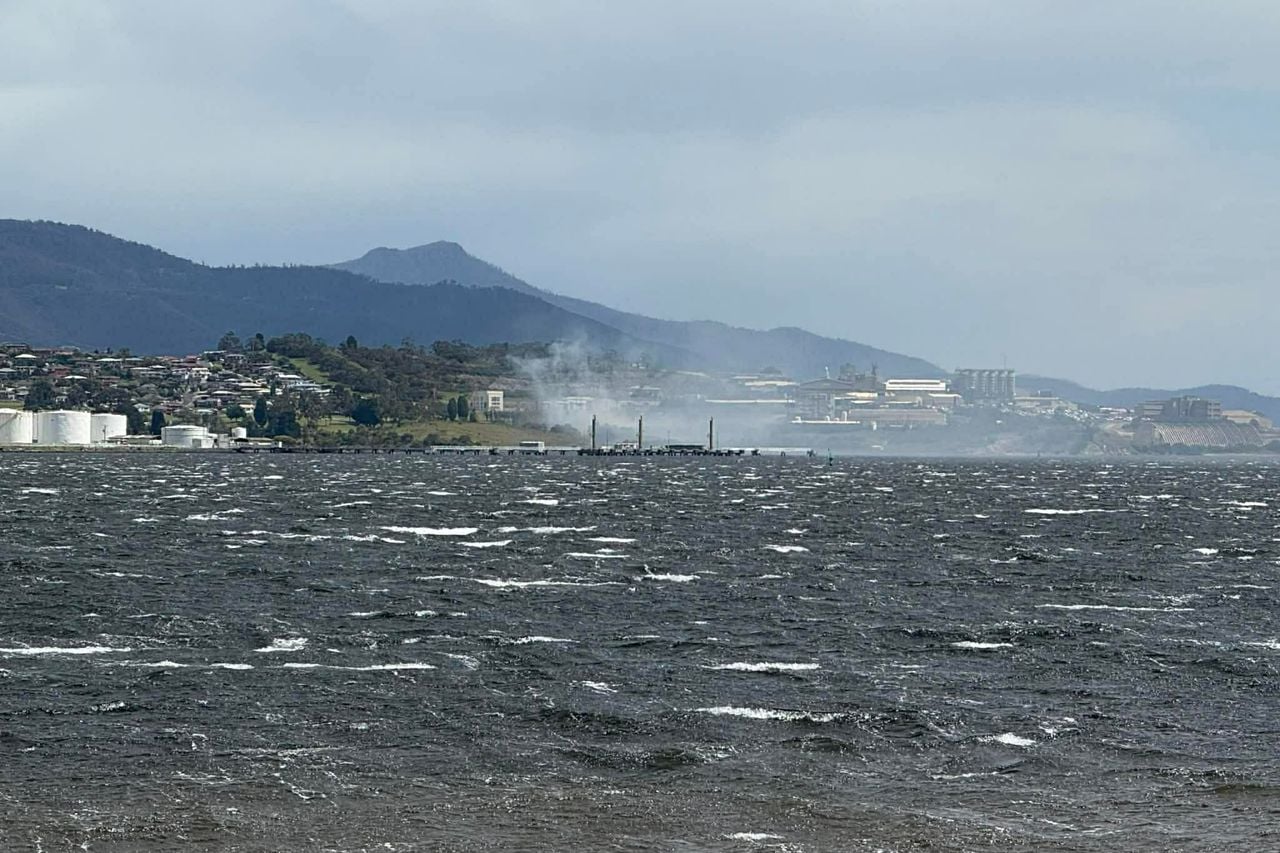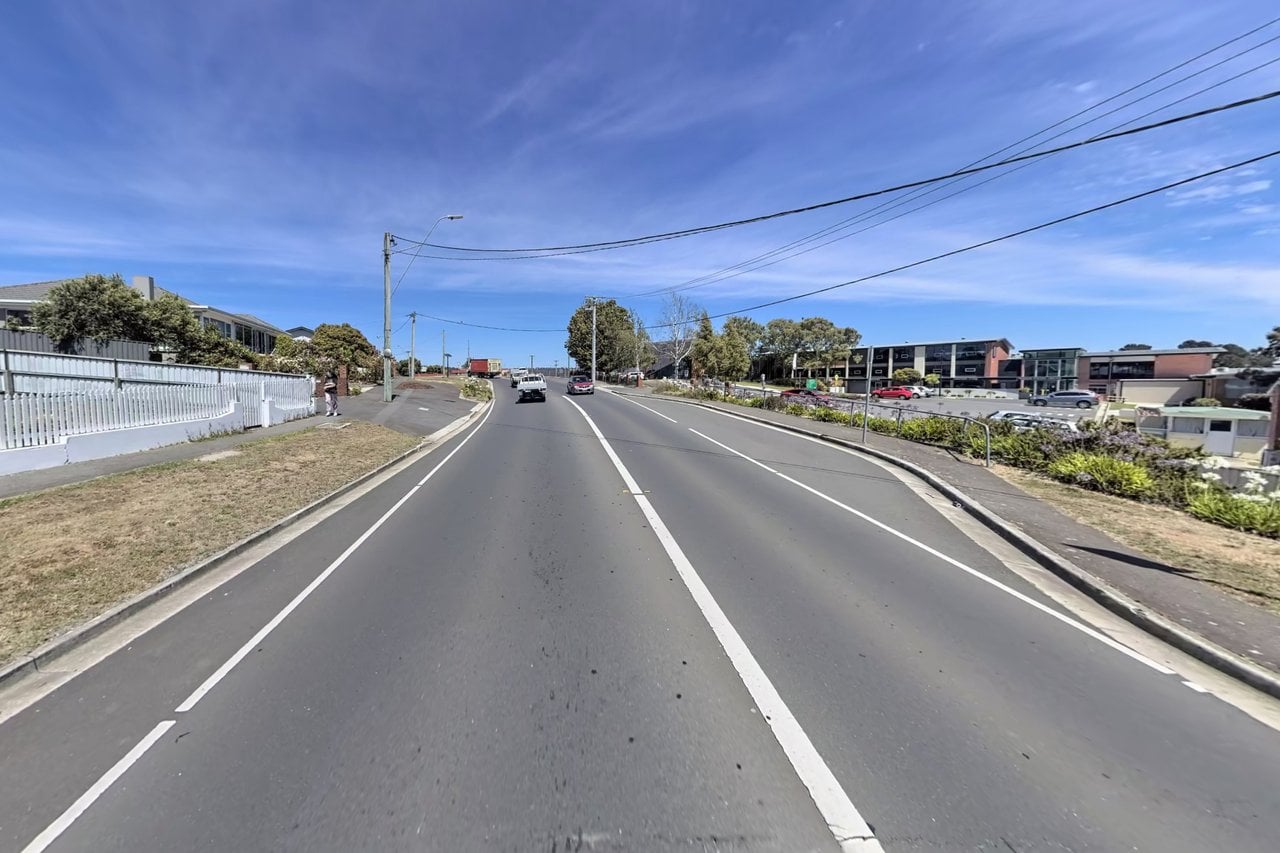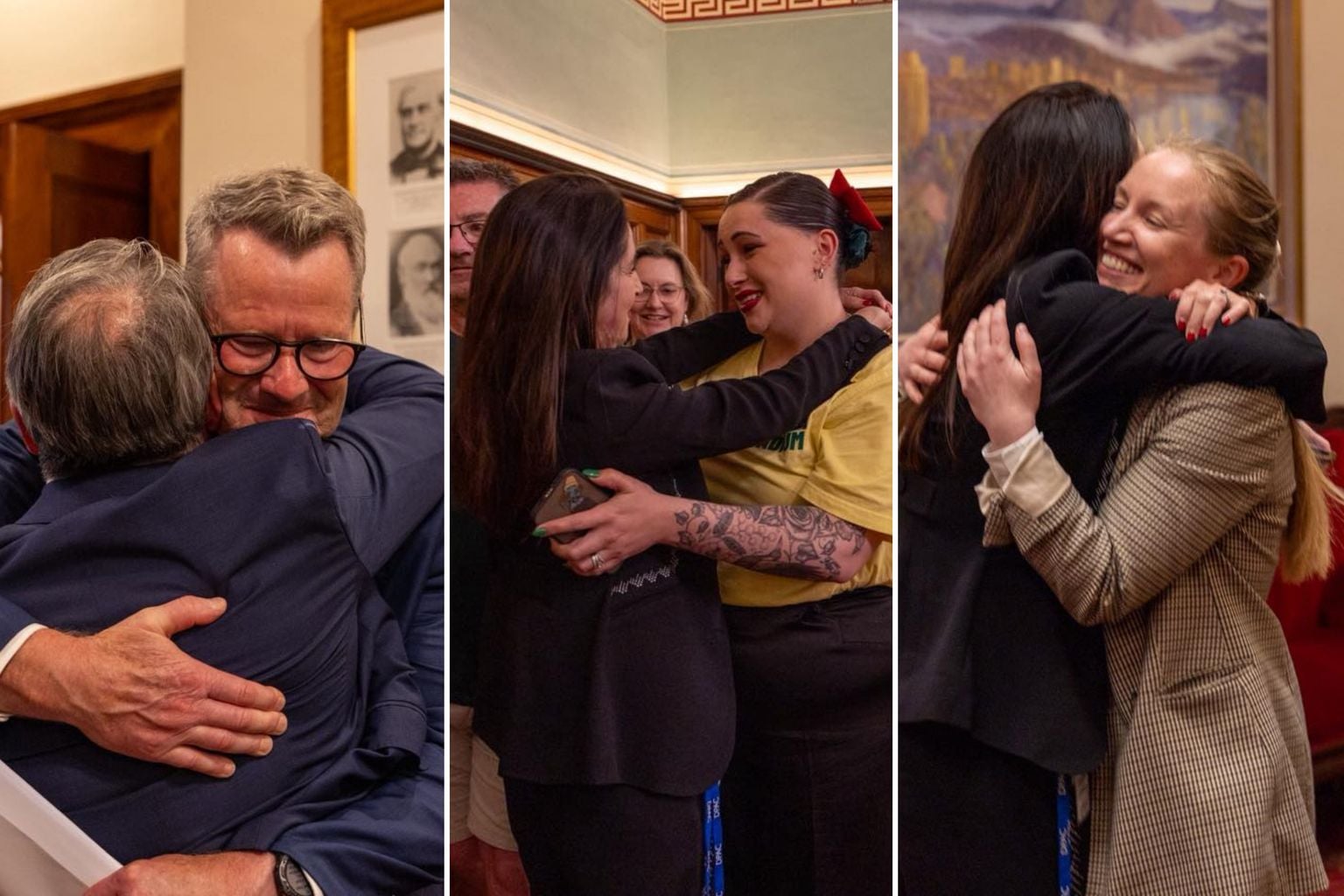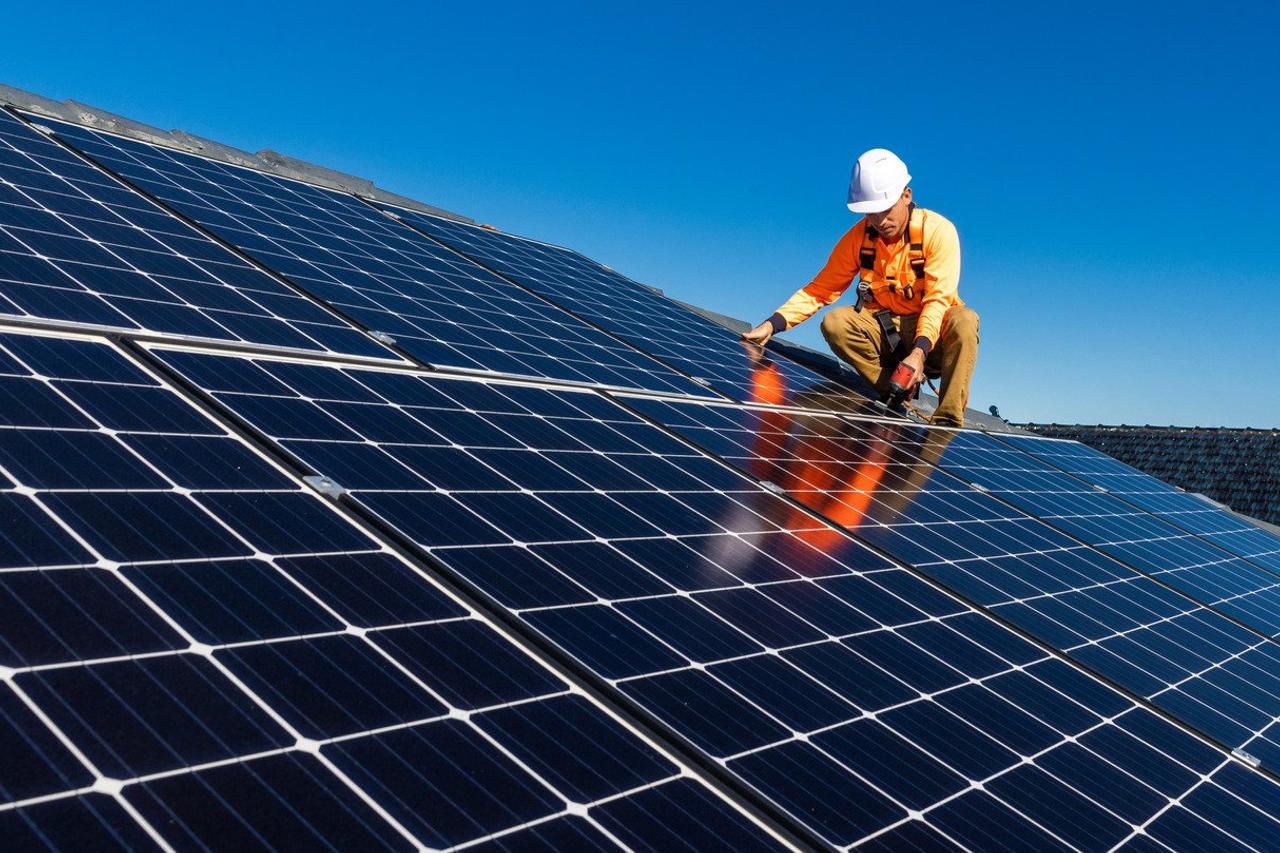Tasmania’s building industry is rallying behind the Macquarie Point stadium, with Master Builders Tasmania saying it will spark jobs and economic growth across the state.
The proposed stadium is expected to directly create 600 construction jobs, with a peak workforce of 450 on site.
Master Builders Tasmania says one in five of those positions could be apprenticeships, providing a major boost for the state’s 25,000-strong building and construction workforce.
The industry body is backing the $1.13 billion stadium project, saying it will trigger broader economic benefits across Tasmania’s construction sector.

CEO Jenna Cairney pointed to a new report released today by Tasmanian Coordinator-General John Perry, which found the stadium and club combined would generate at least $220.9 million in new economic activity annually.
The report said the state government would spend about $44.5 million a year financing the club and stadium, with every dollar spent expected to inject at least $4.97 into the state’s economy.
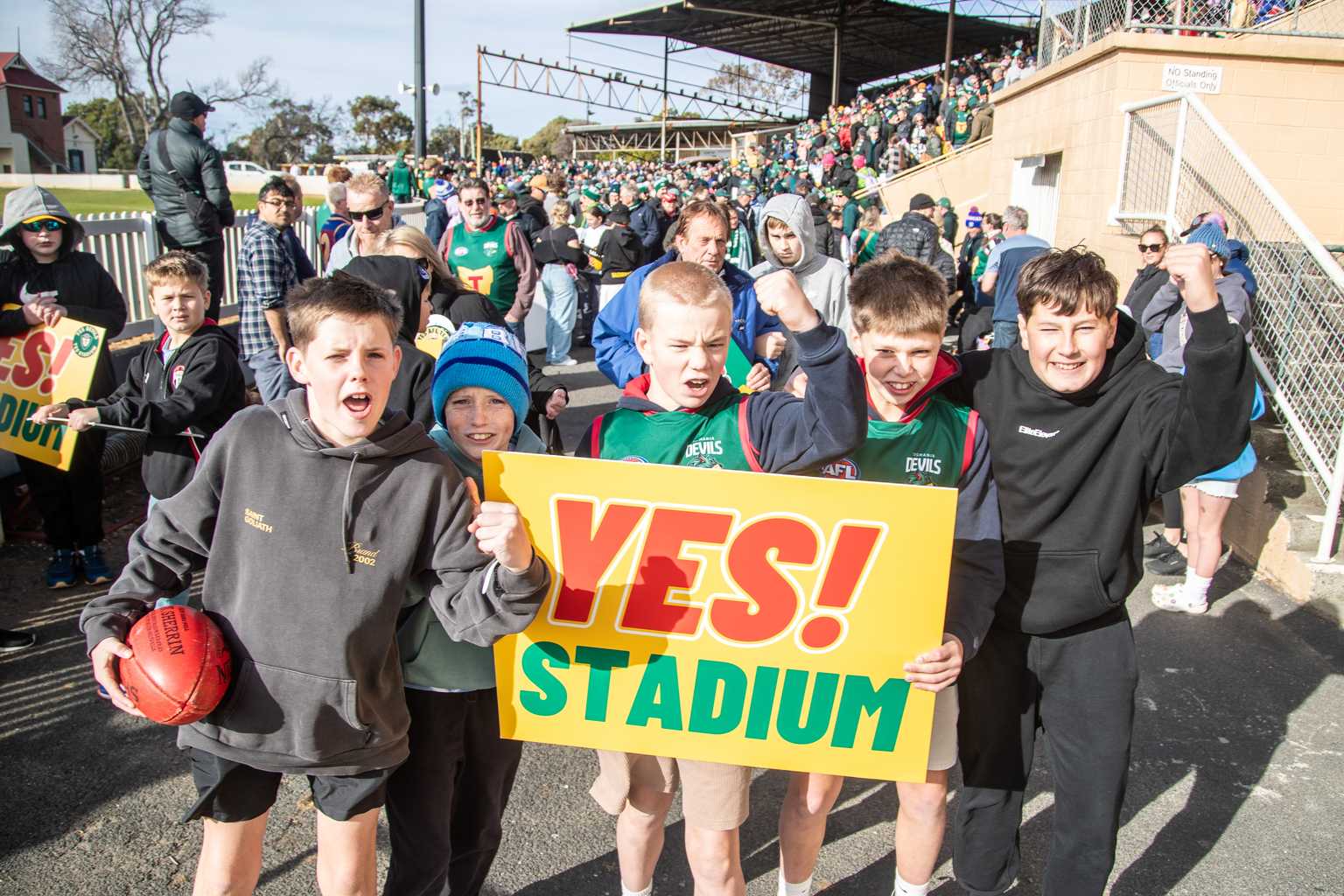
The Coordinator-General’s findings were informed by existing analyses of the stadium and the Devils, as well as economic profiles from Economy.id, 2021 Census data and information on hotel construction costs, outputs and demand.
The report contrasts with the Tasmanian Planning Commission’s cost–benefit assessment, which found that the project’s estimated costs would outweigh its benefits and leave the state with about $1.8 billion in debt.
Independent economist Dr Nicholas Gruen also concluded that the stadium would deliver a return of just 44 cents for every dollar invested by the government.
The Greens say the Coordinator-General’s numbers are nothing but “fantasy economics”, describing the new report as “propaganda” to “win votes in the Upper House”.
However, Master Builders Tasmania says the Coordinator-General’s report reflects broader sentiment across the business community.

“For every dollar invested, we can expect to see five bucks in return, which is a pretty good return on investment,” CEO Jenna Cairney said.
Cairney said the project extends well beyond the stadium itself, with flow-on infrastructure including upgrades at York Park, the High Performance Centre in Kingston, along with hotels and housing around greater Hobart.

“It’s the houses for players and the new staff of the club,” she said.
“It’s houses for mums and dads like us, who can have confidence that we can raise our families, run our businesses, in the hope that they might have jobs and futures here in Tasmania as well.”
“It’s about showing the rest of the country and even further afield that Tasmania is open for business,” she said.
Local builder Nathan Langdon from Action Builders said many developers are eagerly awaiting the stadium’s approval, which would give them the confidence to move ahead with new projects.
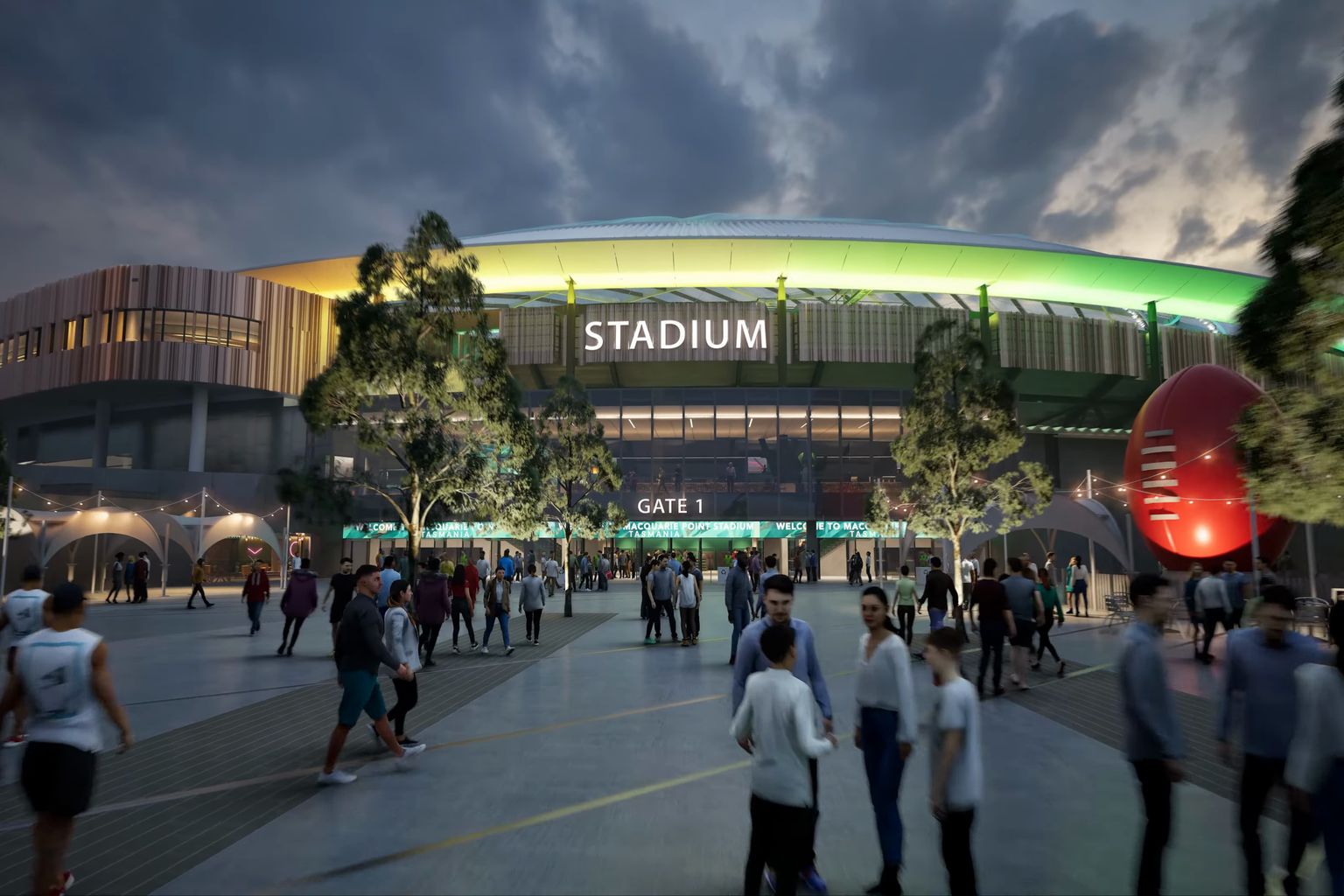
“We have unit developments that we’re looking at. Some are up to about 60 lot unit developments. Just waiting on the stadium,” he said.
Langdon said restaurants are also preparing retrofits in anticipation of the stadium, with work ready to start across the city.
Cairney stressed the importance of keeping economic benefits within Tasmania.
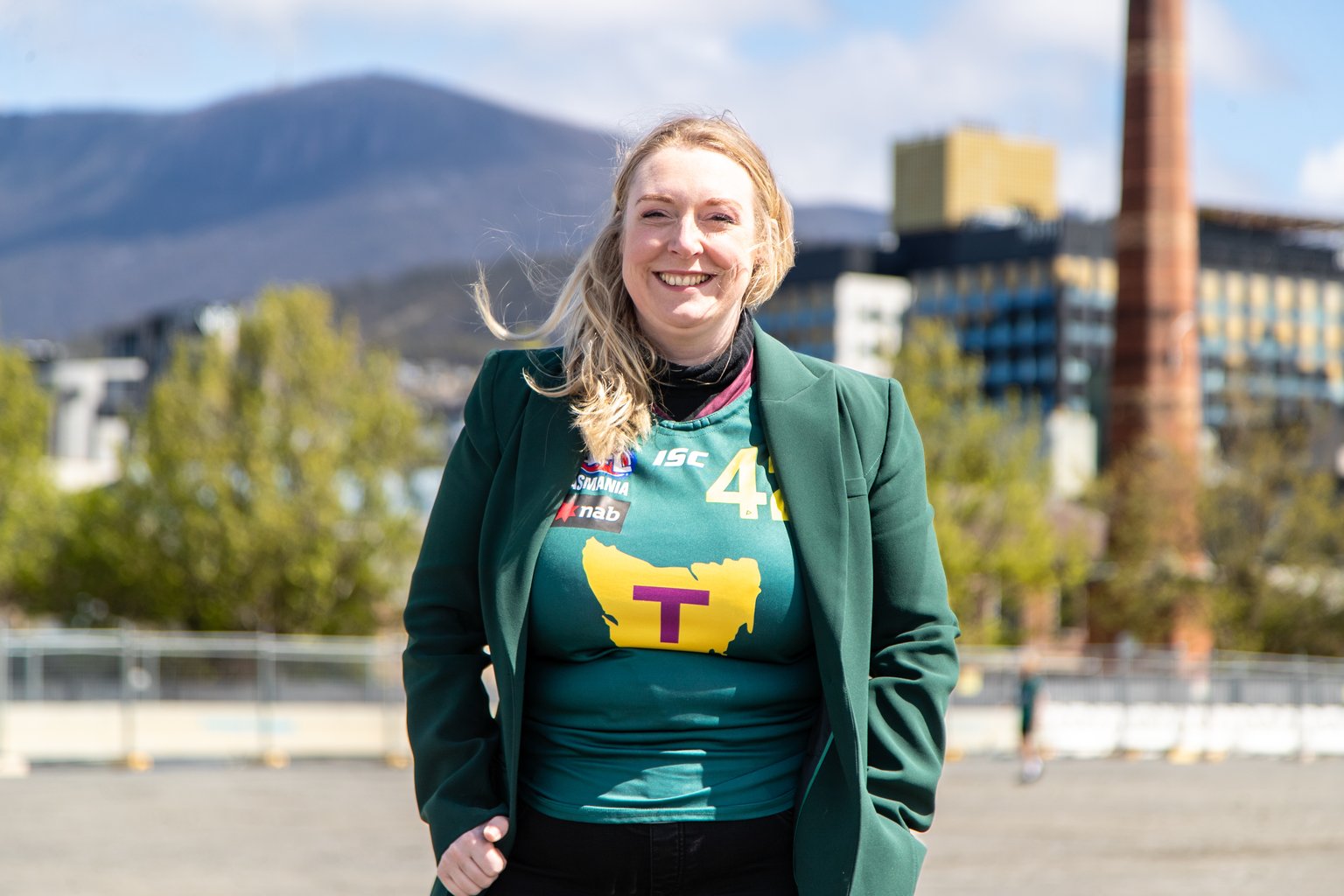
“We want Tasmanians building this stadium,” she said.
She warned that construction pipeline certainty is critical for the state’s economy.
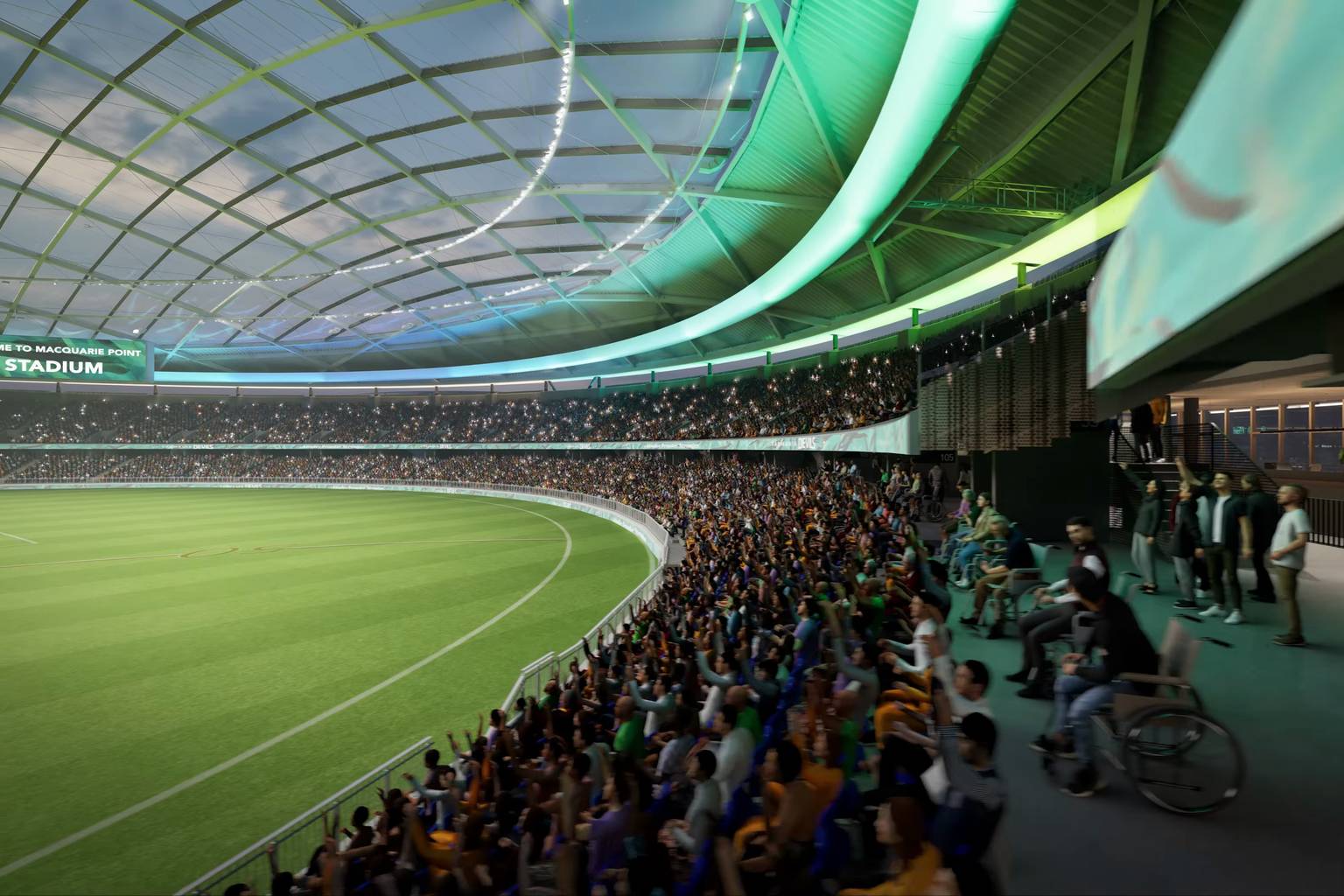
“When the construction industry coughs, the whole state catches a cold,” she said.
Tasmania’s parliamentarians have received a draft 153-page order setting out conditions that must be met if parliament greenlights the venue, including an annual cap on loud concerts.
The government plans to finalise the draft order on October 22 and table the final version in November.
The House of Assembly will debate the project on November 13, while the Legislative Council has set aside December 3 and 4 for its crucial yes or no vote.


